CATMA supports explorative, non-deterministic practices of text annotation: a discursive, debate-oriented approach to text annotation based on research practices of hermeneutic disciplines is the underlying conceptual model.
What sets CATMA apart from other digital annotation methods is its ‘undogmatic’ approach: the system does neither prescribe defined annotation schemata or rules, nor does it force the user to apply rigid yes/no, right/wrong taxonomies to texts (even though it allows for more prescriptive schemata as well). In other words, CATMA’s logic invites users to explore the richness and multifacetedness of textual phenomena according to their needs: users can create, expand, and continuously modify their own individual tagsets—so if a text passage invites more than one interpretation, nothing in the system prevents assigning multiple, or even contradictory annotations.
Despite its flexibility CATMA does not produce idiosyncratic annotations: All markup data can be exported in TEI/XML-format and reused in other contexts.
CATMA was developed against the background of hermeneutics. In hermeneutic methodology, text understanding is frequently described as a circular movement between understanding parts of the text and the whole (the so-called ‘hermeneutic circle’). CATMA’s modular architecture allows to zoom in and out of a text in a circular fashion: close reading can be done in the Annotate module, for quantitative analyses of text data and annotations the Analyze module is the place to go. To closely integrate annotation, analysis and visualization in a workflow meets the humanities where they are. On top of that, the collaborative functionalities emphasize the discursive nature of literary artifacts.
The work in CATMA can also be mapped on the theories of mixed-methods and scalable reading. Understood as a combination of distant and close reading, scalable reading can be realised in CATMA, too. The Annotate module offers a qualitatively oriented approach, the Analyze module a quantifying perspective. In combination, they allow for a scalable workflow.
References and Further Reading
- Ast, Friedrich (1808): Grundlinien der Grammatik, Hermeneutik und Kritik. Landshut: Thomann. URN: urn:nbn:de:bvb:12-bsb10582791-6.
- Gius, Evelyn and Janina Jacke (2017): “The Hermeneutic Profit of Annotation. On Preventing and Fostering Disagreement in Literary Analysis”, International Journal of Humanities and Arts Computing 11 (2), 233–254.
- Meister, Jan Christoph (forthcoming): “From TACT to CATMA or a mindful approach to text annotation and analysis”, in: Geoffrey Rockwell and Stéfan Sinclair (eds.): Festschrift for John Bradley.
- Müller, Martin (2012): “Scalable Reading“, Scalable Reading (blog). May 29, 2012. https://scalablereading.northwestern.edu/?page_id=22 [access: October 2, 2019].
- Schleiermacher, Friedrich (1838): Hermeneutik und Kritik. Berlin: Reimer. URN: urn:nbn:de:kobv:b4-200905197348.
- Weitin, Thomas and Niels Werber (eds. 2017): Scalable Reading. Zeitschrift für Literaturwissenschaft und Linguistik 47 (1). Stuttgart: Metzler.








